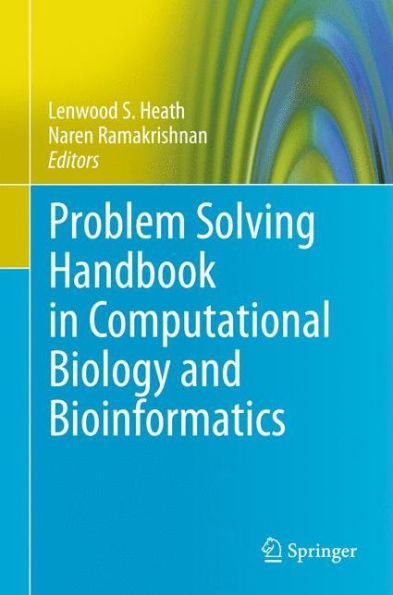Problem Solving Handbook for Computational Biology and Bioinformatics is an edited volume contributed by world renowned leaders in this field. This comprehensive handbook with problem solving emphasis, covers all relevant areas of computational biology and bioinformatics. Web resources and related themes are highlighted at every opportunity in this central easy-to-read reference.
Designed for advanced-level students, researchers and professors in computer science and bioengineering as a reference or secondary text, this handbook is also suitable for professionals working in this industry.
Problem Solving Handbook for Computational Biology and Bioinformatics is an edited volume contributed by world renowned leaders in this field. This comprehensive handbook with problem solving emphasis, covers all relevant areas of computational biology and bioinformatics. Web resources and related themes are highlighted at every opportunity in this central easy-to-read reference.
Designed for advanced-level students, researchers and professors in computer science and bioengineering as a reference or secondary text, this handbook is also suitable for professionals working in this industry.

Problem Solving Handbook in Computational Biology and Bioinformatics
347
Problem Solving Handbook in Computational Biology and Bioinformatics
347Hardcover(2011)

Product Details
| ISBN-13: | 9780387097596 |
|---|---|
| Publisher: | Springer US |
| Publication date: | 10/28/2010 |
| Edition description: | 2011 |
| Pages: | 347 |
| Product dimensions: | 6.10(w) x 9.25(h) x 0.24(d) |
